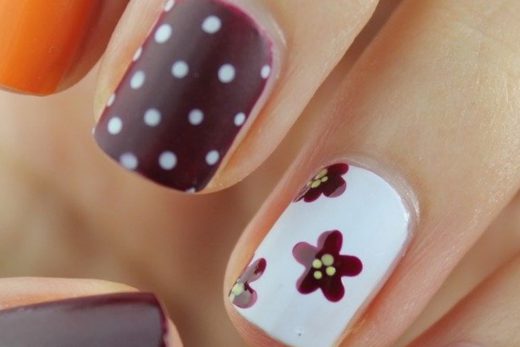Tongue and groove is a mode of attachment where the protruding tongue on one board slides into the receiving groove of an adjacent board. Tongue and groove attachment is used for paneling, exterior siding, ceilings, and flooring.
Shiplap is a style of interior paneling whose inspiration comes from an exterior house siding of the same name. Shiplap panels are long, horizontal boards that overlap each other along the long edges. The lip of the upper board overlaps a part of the lower board. In exterior applications, this creates a joint that is weather-proof, tight, and stable.
Interior shiplap is more about appearance than function. Shiplap gives dining rooms, bedrooms, halls, or living areas a rustic, charming look. Shiplap can also be used on accent walls for a farmhouse or traditional look.
Board and Batten
Board and batten is a style of wood paneling noteworthy for its regular pattern of wide vertical molding boards called battens. Battens generally are 4 to 6 inches wide and are placed 6 to 10 inches apart from each other.
Board and batten paneling is a strong, severe look and was commonly used in early 20th century homes. The battens serve to cover up the joints between the boards. Additional battens are placed between the joints merely for aesthetics.
Raised Panels
This type of wood paneling has a series of rectangles or squares that run in a line, separated 4 to 8 inches by vertical molding. Deep V-shaped bevels form raised wood panels, with horizontal rails at the top and the bottom.
Raised panel is a highly showy look; it’s often found in expensive older homes. Due to the deep bevels, raised panels create deep shadows for a highly eye-catching look.
Raised panels are often incorporated into wainscoting. They can be purchased pre-built and ready for installation. MDF board or polystyrene panels can be molded into the raised panel style. Alternatively, they can be built from scratch with thin pieces of molding attached to flat panels.
Flat Panels
Flat paneling is a type of paneling that is completely smooth on the front: no bevels, grooves, beads. The only visual interruption in a line of flat panels will be the seams between the boards. The seams are sometimes left open; other times, they are covered with metal or wood strips.
Sleek and smooth, flat paneling is a hallmark of modern or contemporary design. The featureless face of the paneling lets other elements in the room take precedence.





